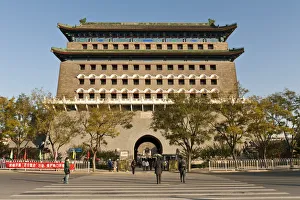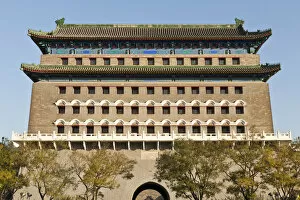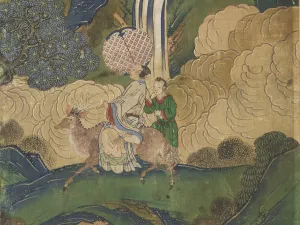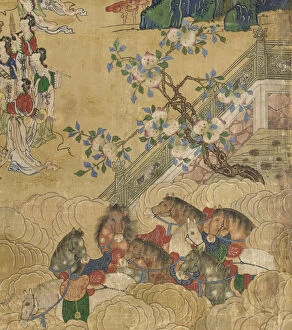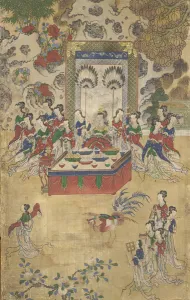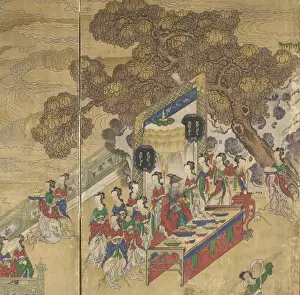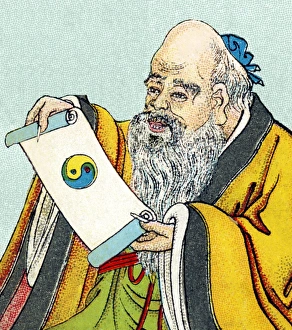Yang Collection (page 3)
"Embracing the Power of Yang: A Journey into Balance and Harmony" In Chinese culture, yang represents the positive force that brings good luck and protection
All Professionally Made to Order for Quick Shipping
"Embracing the Power of Yang: A Journey into Balance and Harmony" In Chinese culture, yang represents the positive force that brings good luck and protection. Just like a talisman, it guides us towards a path filled with positivity and prosperity. As we delve deeper into this mystical concept, we encounter the enchanting melodies of traditional Chinese musical instruments. The harmonious tunes echo the delicate balance between yin and yang – two opposing yet complementary principles that exist in perfect harmony. An ancient symbol for yin and the Yin Yang symbol itself - a visual representation of duality. It reminds us that light cannot exist without darkness, just as joy cannot be appreciated without sorrow. Intriguingly, an illustration captures a divinity employing exorcism techniques while throwing five objects from a magic bowl. This act signifies casting away negative energies to restore balance in our lives. A wine cup holds more than just liquid; it embodies conviviality and celebration. As we raise our cups to toast to life's joys, let us remember to embrace both yin and yang for true fulfillment. Gendhist reveals captivating profiles of two women – their unique qualities representing different facets of yin and yang within each individual. They remind us that embracing both sides allows us to tap into our full potential. On a serene balcony perch two cats – one embodying tranquility while the other radiates curiosity. Their contrasting natures reflect the choices we face daily - whether to seek comfort or explore new horizons on our journey through life. Bobby Kostadinov once said, "The choice you make today will determine your tomorrow. " Embracing yang means making conscious decisions aligned with positivity, growth, and self-improvement. Yang Tse Kiang River flows majestically through China's heartland - its powerful currents mirroring life's ever-changing nature. Let its beauty inspire us to adapt gracefully amidst challenges, just as the river navigates its course.













